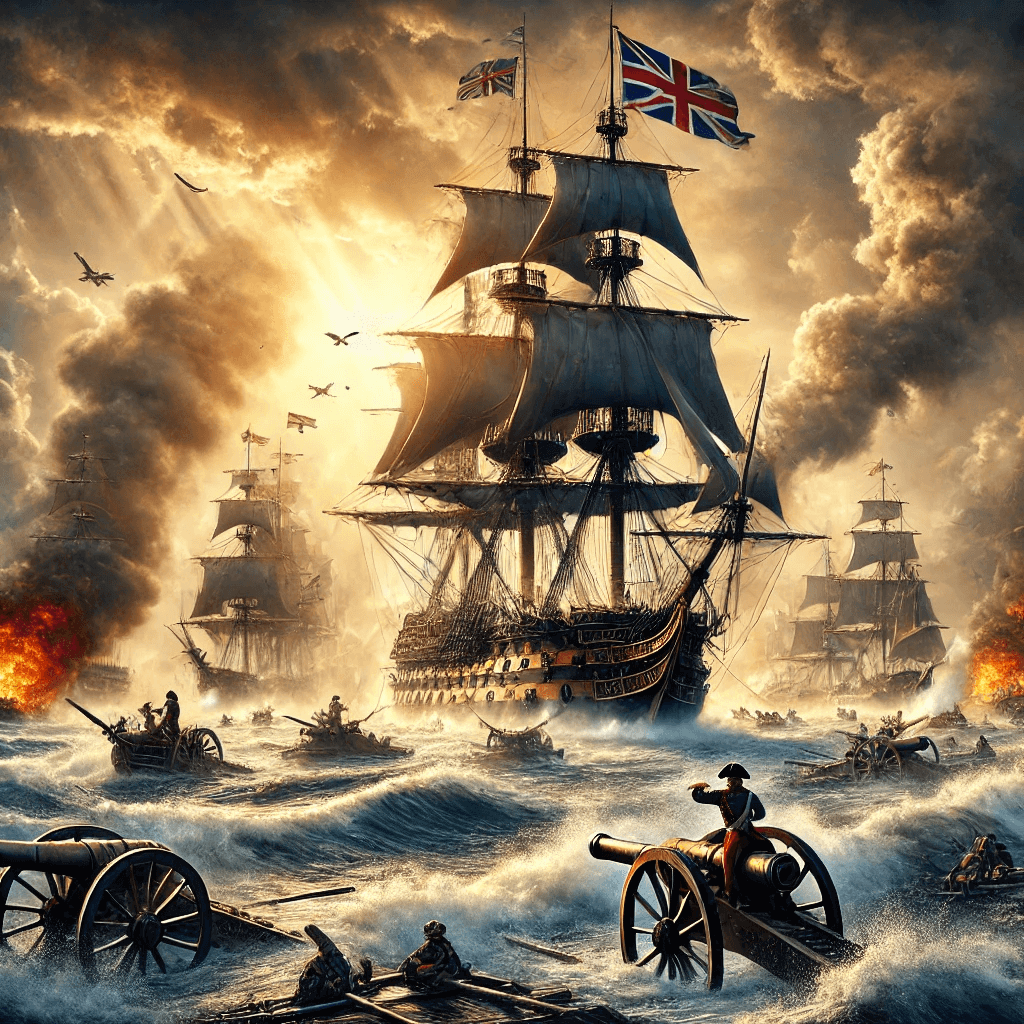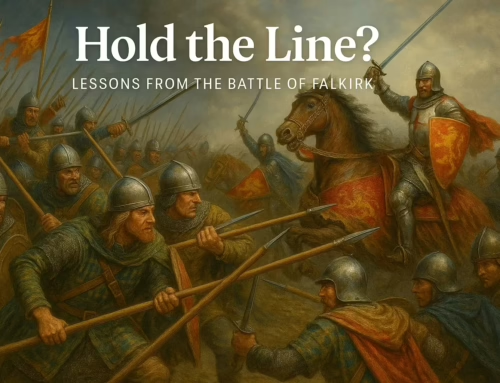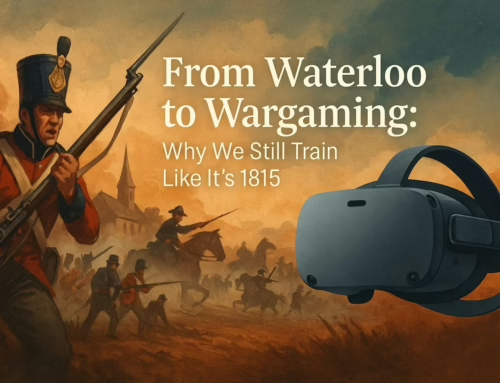The Battle Unfolds: A Blow-by-Blow Account
At dawn, as a strong wind swept across the Atlantic, Nelson’s fleet of 27 ships prepared for action against a much larger force: the combined Franco-Spanish fleet of 33 ships commanded by Admiral Pierre-Charles Villeneuve. Despite being outnumbered, Nelson’s confidence in his crews and audacious tactics would prove decisive.
Nelson organized his fleet into two attack columns rather than the traditional line parallel to the enemy. This formation, designed to pierce the Franco-Spanish line, would force the enemy into close-quarters combat, where the superior gunnery and discipline of the Royal Navy would excel.
At noon, HMS Victory, Nelson’s flagship, led the charge, bearing down on the French flagship Bucentaure and the massive Spanish warship Santísima Trinidad. The opening volleys shook the sea as cannons fired in unison. Coming under intense fire, Victory pressed on, smashing through the enemy line and delivering a devastating broadside into Bucentaure. Nelson’s strategy began to unfold as the enemy formation broke apart.
Close behind Victory was Royal Sovereign, Admiral Collingwood’s ship, which delivered a crushing blow to the rear of the enemy line. Engaging the Spanish flagship Santa Ana, Royal Sovereign tore into the Spanish ship’s hull with relentless cannon fire, crippling its ability to fight back.
As Victory battled at the centre, Nelson’s other ships followed through the breach, isolating and overwhelming the Franco-Spanish ships in brutal one-on-one engagements. Chaos reigned as the Franco-Spanish fleet, outmanoeuvred and disorganized, struggled to mount a coordinated defence. Within hours, 19 enemy ships had been destroyed or captured.
However, amid the Victory, tragedy struck. At around 1:15 PM, Nelson was hit by a sniper’s musket ball from the French ship Redoutable, which lodged in his spine. Mortally wounded, Nelson was taken below decks but lived long enough to hear the outcome he had hoped for complete Victory. By 4:30 PM, the battle was over, and the British had decisively won without losing a single ship.
The Role of Training in Trafalgar’s Success
Trafalgar’s outcome was not just a result of bold tactics but also the rigorous training of British sailors. The Royal Navy drilled its crews relentlessly, particularly its gunners, who could fire and reload their cannons faster than their French and Spanish counterparts. These drills were so frequent that British gunners could reload twice as fast, a crucial advantage in naval combat where seconds could mean Victory and defeat.
Nelson’s confidence in his men and their abilities allowed him to devise audacious plans. He knew that his captains and sailors were trained to think on their feet and react to rapidly changing situations. This relentless focus on training and adaptability meant that when the British broke the Franco-Spanish line, they could exploit the confusion with ruthless efficiency.
Modern Training and Simulation: Learning from the Past
Today, modern military and law enforcement practices reflect the same principles of intense, repetitive training that ensured British success at Trafalgar. However, training has evolved with technology, and advanced tools like Virtual Reality (VR) and Artificial Intelligence (AI) now provide even more immersive and effective preparation for combat’s unpredictability.
Systems like BattleVR and FieldVR allow military and law enforcement units to engage in hyper-realistic training scenarios like Nelson’s men drilled with cannons. These simulations enable forces to practice in diverse environments, facing complex threats in a controlled but immersive setting. As Nelson’s sailors practised gunnery until it became second nature, today’s personnel can drill scenarios repeatedly, honing their skills in real-time virtual environments.
AI-driven systems like HAWK CAMULUS take this a step further, creating dynamic simulations that adapt to a trainee’s decisions, much like the constantly shifting realities of battle. This allows commanders and their teams to rehearse tactical manoeuvres and the mental flexibility needed to respond to evolving threats.
Conclusion
The Battle of Trafalgar is a monument to the power of preparation, training, and bold strategy. Nelson’s Victory was a product of tactical genius and the relentless training that made his sailors the best in the world. Today, that same commitment to excellence lives on through advanced simulation and training technologies, ensuring that military and law enforcement personnel are as prepared for high-stakes environments as Nelson’s men on that fateful day in 1805.





